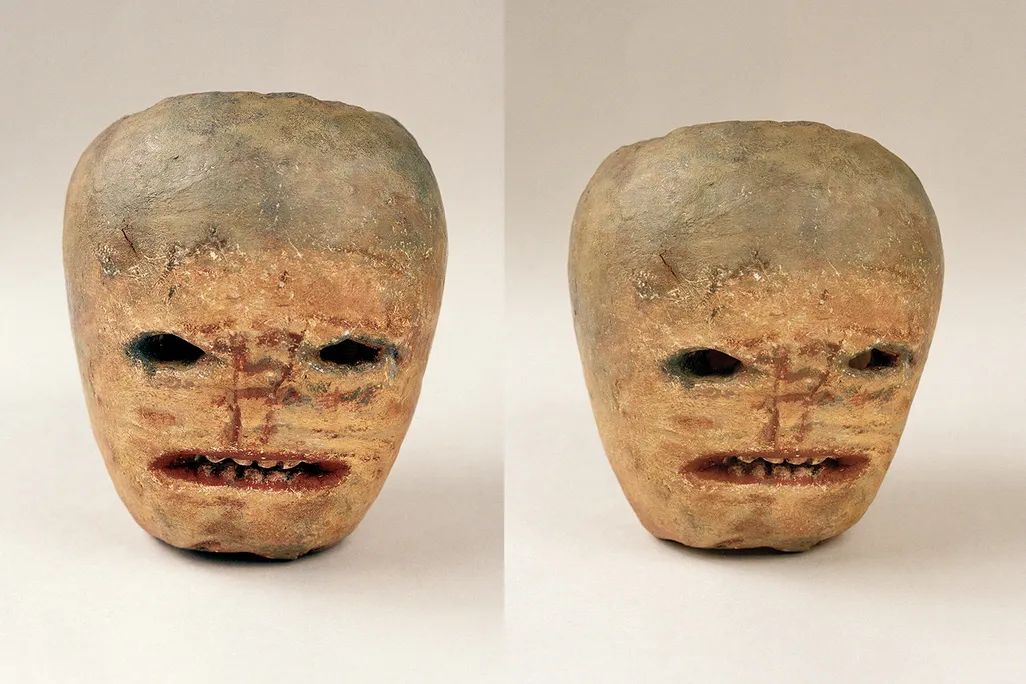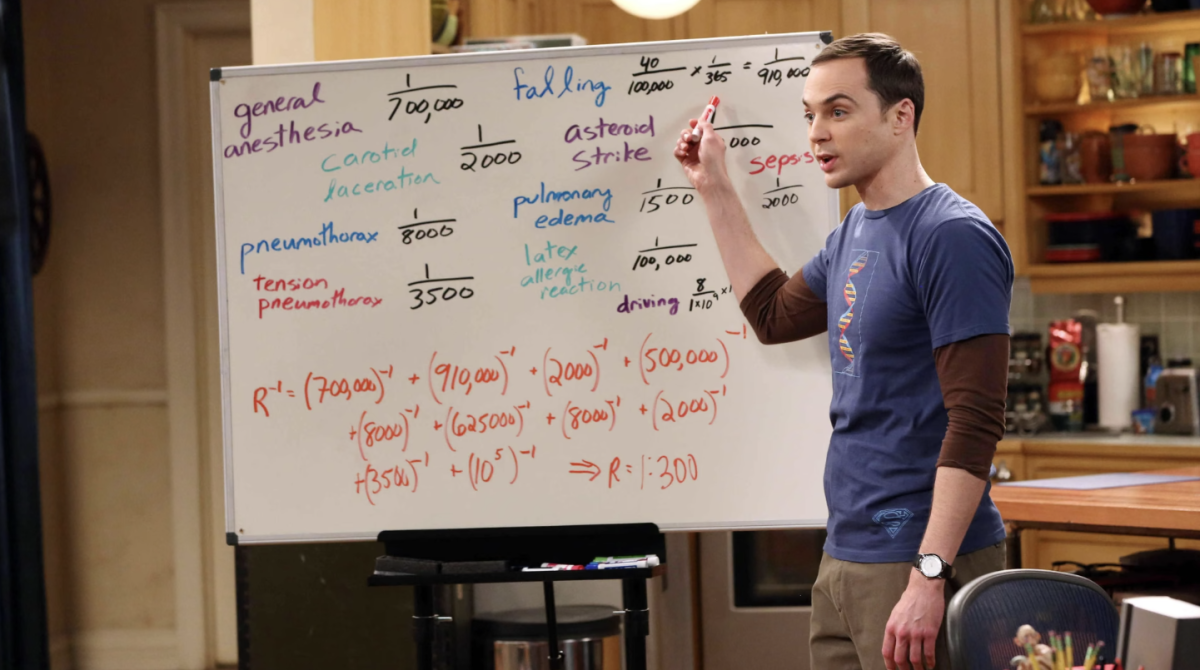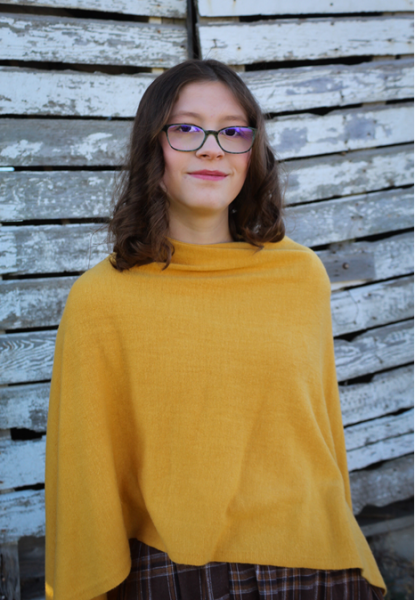Did you know Jack-o-Lanterns were not always made from pumpkins? In the early 19th century, the Celtics would celebrate the festival of Samhain (pronounced saa-wn) on November 1st, and part of that celebration meant the carving of faces into turnips.
The origins of Halloween come from the Celtics of Ireland, who celebrated a pagan festival called Samhain, which represented the end of summer, and the beginning of the Celtic new year. The festival would begin at sundown on Samhain’s eve, also known as Oct. 31, and would continue through Nov. 1.
The practice of making costumes came from the Celtics. Due to the belief that evil spirits wandered around during Samhain, people would put on masks and creepy costumes whenever they went outside to blend in with potential creatures, also eventually leading to the modern-day practice of costume making and wearing!
During this period, the Celtics believed the barrier between life and death was thin, and evil spirits would be able to roam amongst them, leading to several traditions done to ward off spirits and protect oneself.
One of these traditions included the creation of lanterns. People living within the British Isles would carve out and empty different vegetables, such as turnips and potatoes. Once the vegetable was hollow, the celebrants would carve faces into the produce and light a candle inside. This was the original Jack-o-Lantern.
The Celtics believed the lanterns provided both light for the festival and protection from demons and evil spirits who might be wandering amongst them. The reason behind making the lanterns out of produce came from the affordability of it—metal lanterns were expensive, so root vegetables did the trick just fine.
Samhain is the origin of Halloween’s traditions and practice, it starts on Oct. 31, involves the creation of vegetable lanterns, and has people dressing up in costumes. Indeed, Samhain is what would later become Halloween, due to Christian influence on Ireland. Samhain would be influenced by the Christian holidays like All Saints’ Day and eventually become what many celebrate today as Halloween.










